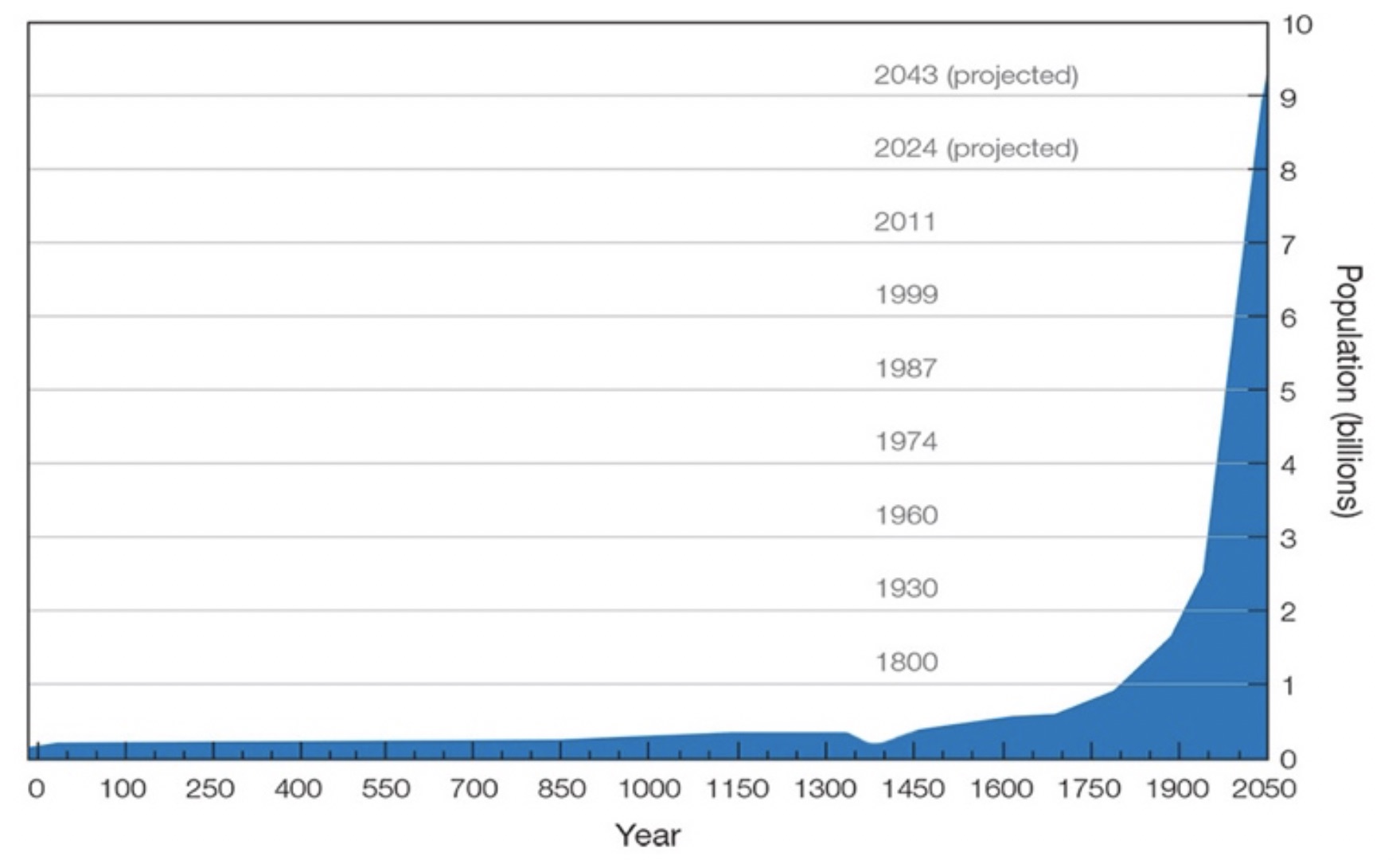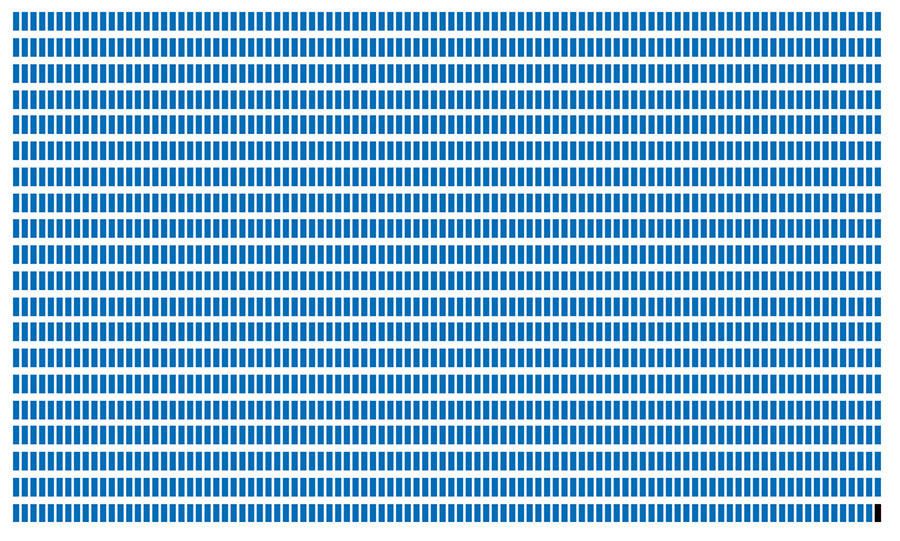I’d like to ask you a question: when was the last time you felt great about the world? Not the last time you were in a good mood or something happened to brighten your day, but the last time you were truly hopeful for our future. The last time you believed, legitimately, that tomorrow will be better than days past. When was the last time you could say that? For most of us, I bet it’s been a while.
It seems that most everywhere we look today, our future seems destined for darker times. Even if the polar ice caps weren’t melting before our eyes,[1] our planet’s biodiversity wasn’t rapidly going extinct by our hand[2] and wildfire wasn’t laying waste to rainforests,[3] vast geographical regions[4] and entire nations,[5] our time is still deeply imperiled. Representative democracies are waning worldwide against the rise of populist, authoritarian nationalism.[6] Multicultural societies are facing crises of conscience in the face of mass migration from strife and conflict.[7] Partisan division and rampant misinformation have sown seeds of enmity throughout our social fabric.[8] The long peace[9] threatens to unravel as the drumbeats of brinkmanship[10] and war begin to sound progressively louder.[11] And that’s just what’s on the news.
Yet the most serious reasons our horizon grants cause for alarm are rooted deeper, into something more structural, and ultimately, something more fateful. To explain why, we’ll take a brief step back and afford ourselves a high-level view of where we stand at present.
Radiological dating tells us definitively that the first page of the human story began at least 200,000 years ago.[12] From the moment we made our first steps, it took us nearly that entire length of time to reach a population of 1.5 billion people – a milestone achieved around 1900.[13] Yet barely a century later in 2010, we reached seven billion people, and we’re well on track to hit ten billion by 2050.[14]
As it’s difficult to put those numbers in perspective, the following figures help establish a more succinct context:
Our approximate time to reach 1.5 billion people: 200,000 years.
Our approximate time to grow from 1.5 billion to 7 billion people: 110 years.
Our estimated time to grow from 7 billion to 10 billion people: 38 years.
This chart shows humanity’s population growth since height of Rome:

In the image below, each of the 2,000 rectangles equals one century. The blue rectangles, in aggregate, represent the entire length of time it took humanity to reach 1.5 billion people. The lone black rectangle (last) represents the time it took humanity to grow from 1.5 billion to 7 billion people.

This growth – and the rise of the civilizations that encompassed within – has been powered exclusively by natural resources. As our population has rapidly expanded, so too has our rate of resource consumption – far past the thresholds that spawned Thomas Malthus’ Principle of Population and the 1970’s-era Limits to Growth – famous publications forecasting the dangers of rapid population expansion and its accompanying over-extraction of resources. [15]-[16] Our population as of 2020 has increased sevenfold from Malthus’ time, and is today twice the population of the 1970’s. Consequently, we are now consuming resources so rapidly and on such an immense scale that it’s destroying our planet’s ability to support our existence. In a world of sensationalist media, such a claim might seem exaggerative. In the world of facts, it’s an understatement.
A short list frames our circumstances in sobering perspective:
- Since the start of the Industrial Revolution, we’ve cut down more than half of the world’s forests.[17]
- Plant and animal species are dying off so rapidly that global scientific bodies conclude that humanity has caused Earth’s sixth great extinction event,[18] which has the potential to wipe out millions of years of evolutionary history.[19]
- Global fish stocks are overexploited by 80%,[20] and ecologists predict they may collapse entirely by as early as 2048.[21]
- Ocean acidification is occurring at a rate not seen in the last 300 million years and Earth is estimated to have lost half of its shallow corals in the past three decades.[22] If current trends continue, this figure is estimated to rise to 90% by 2050.[23]
- Between 1970 and 2014, Earth saw a 60% decline of its mammal, bird, fish, reptile and amphibian species – almost exclusively due to human activity.[23] Since the dawn of our civilization, humanity has destroyed 83% of all mammalian life on Earth.[25] Of the mammalian life that remains, 96% are either human or livestock.[26] A scant 4% is all that’s left in the wild.[27]
The United Nations’ Intergovernmental Science-Policy Platform on Biodiversity and Ecosystem Services (IPBES) released a report in March, 2019 concluding that human activity is destroying nature at an “unprecedented rate,” which is “eroding the very foundations of our economies, livelihoods, food security and quality of life worldwide.”[28] Its noteworthy highlights include:[29]
- Approximately 60 billion tons of renewable and non-renewable resources are globally extracted annually – twice the rate of extraction from 1980.
- Plastic pollution has increased tenfold since 1980, with 300-400 million tons of heavy metals, solvents, toxic sludge and industrial waste dumped annually into global water systems.
- Worldwide, pollinator loss risks upwards of $577 billion in agriculture every year.
- 75% of Earth’s land environments and 66% of Earth’s marine environments have been significantly altered by human actions, and since 1992 the world’s urban areas have doubled in size.
- More than a third of Earth’s land surface and nearly 75% of freshwater resources are now consumed by agriculture and livestock.
- Up to 1 million of the estimated 8 million plant and animal species on Earth are at risk of extinction, many of them within decades.